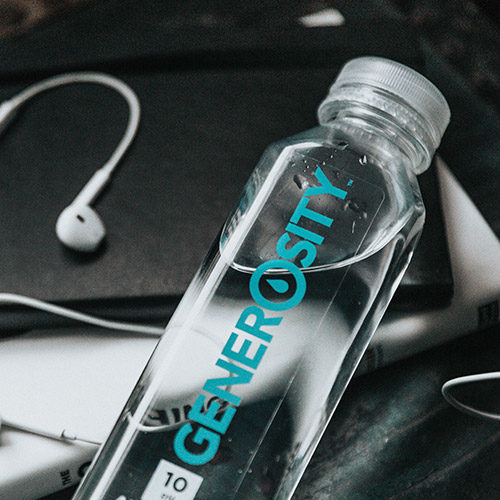Every restaurant owner battles with rising food and beverage costs. According to a recent article by Drew Sandholm on CNBC.com, “From beef, chicken and pork to coffee, it seems food prices across the board are rising,” so it is time to prepare for these changes and create a plan of action for menu or even supplier changes. Here are five tips to aid you in the fight to lower costs and increase your overall profits.
1. Craft a consistent and profitable menu.
Create a menu that compliments your kitchen equipment, layout and your staff’s experience level. Your food must appeal to your target audience, taste delectable, as well as contribute to the necessary amount of gross profit. Be sure to create a manageable menu that won’t overwhelm your kitchen staff. In response to the discussion of future rising food and beverage costs, Starbucks CEO Howard Schultz stated in an interview with CNBC’s Jim Cramer, “The truth of the matter is that dairy is probably a bigger issue for us going forward than coffee, but we will be able to maintain our guidance, our EPS and absolutely manage through and negotiate through any rise in coffee costs.”
2. Create recipe spreadsheets for all menu items.
Creating recipes in spreadsheets allows you to link individual ingredients to your inventory spreadsheet so that your recipe costs automatically update when you update your inventory prices. This recipe spreadsheet can also be used for batch recipes on items such as sauces or mashed potatoes that are made in large quantities. Updated recipe costs can then be used to calculate your ideal food cost per menu item.
3. Evaluate your food and beverage suppliers.
Go over your supplier invoices and your current inventory to determine if you are getting good pricing compared to your competitors. Consider meeting with local business owners and comparing prices. You can compare your own pricing history and bid suppliers against each other, or you can work with the assistance of a GPO (Group Purchasing Organization) and you will be able to lower your food & beverage costs while accessing the highest quality products and staying ahead of consumer trends without the hassle of the bidding wars.
4. Monitor your inventory.
Review your inventory values to confirm they are up to date and conduct an inventory check weekly so you can ensure a proper level and make some cash flow available. Avoid waiting until the end of the month to find out if there were any issues.
5. Conduct a menu analysis.
Create a menu analysis spreadsheet that assists you in evaluating your best selling items and categorize all your menu items by their popularity and gross profit contribution.
As a restaurant operator, it is essential to run your restaurant efficiently through proper control of food and beverage costs. Source1 Purchasing is a supply chain management group focused on cost management, savings and operational efficiencies for the restaurant and food service industries and gives you the opportunity to create your own buying group.











